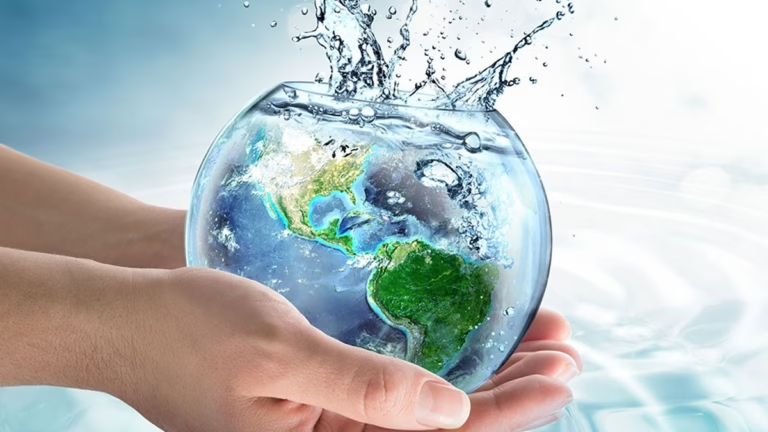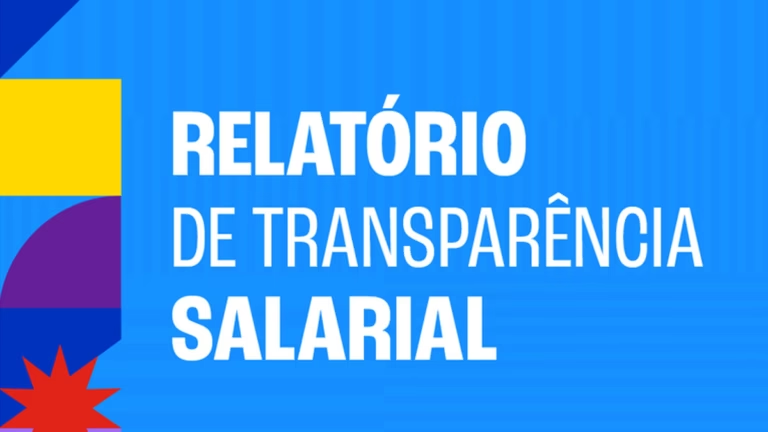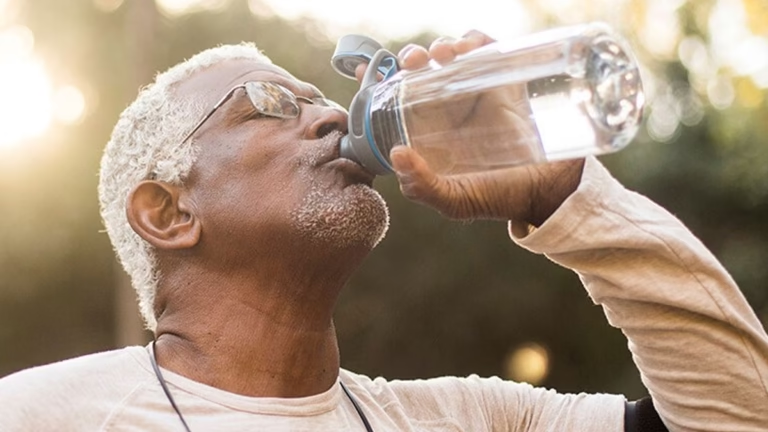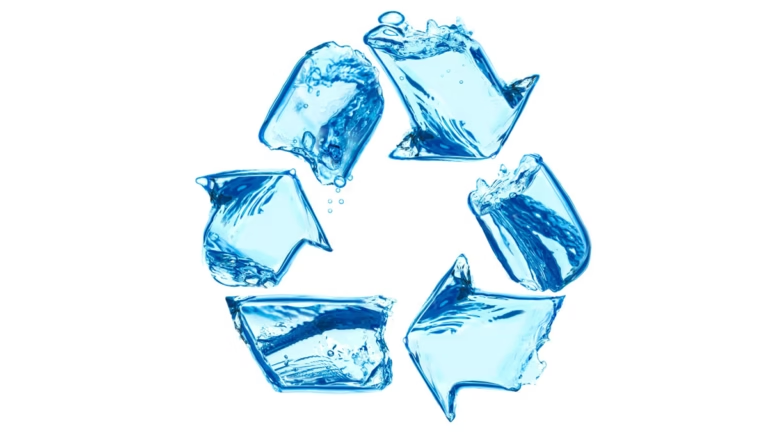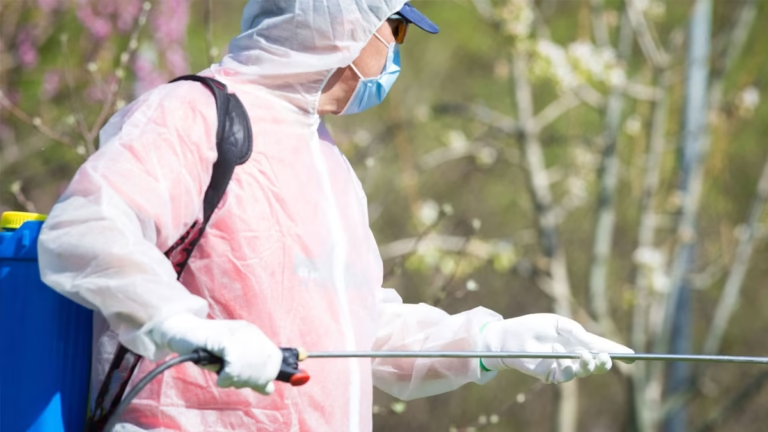One thing is for sure: we should value water. A great way to do this is to promote education about the role water plays in our lives and the wide range of benefits that better water brings.
With this in mind, Culligan International commissioned the 2021 World Water Day Global Survey, conducted by Toluna, to better understand consumer perceptions and attitudes towards water.
Here, we share some of the most surprising facts people in North America don’t know about water – and provide some useful facts to promote greater understanding of this valuable resource.
Myth 1: Drinking sparkling water while eating helps with digestion
Almost half of the survey respondents (45%) believe that drinking sparkling water while eating helps with digestion.
To make water “carbonated,” it is infused with carbon dioxide gas under pressure. Sparkling water hydrates consumers just as well as still water, but there is little evidence that it contributes to better digestion.
More consumers have been opting for sparkling water in recent years as they seek healthier alternatives to sugary sodas. As long as it doesn’t have added sugars, sparkling water is a better choice.
Read the nutrition label before purchasing a sparkling water product to make sure it doesn’t have added sugar.
Myth 2: Tap water doesn’t contain pesticides
More than 1 in 5 respondents (21%) don’t believe tap water can contain pesticides; nearly a quarter don’t know if it can.
Unfortunately, according to the U.S. Geological Survey (USGS), pesticides in groundwater are indeed a concern, especially for those living in agricultural areas:
“Pesticides can reach underground aquifers with water from applications on crop fields, infiltration of contaminated surface water, accidental spills and leaks, improper disposal, and even through injection of waste into wells,” the organization notes.
And the situation is even more worrying in Brazil. According to the Water Quality Monitoring Information System for Human Consumption (Sisagua), which gathers the results of tests carried out by water supply companies, water contamination is increasing rapidly and steadily.
In 2014, 75% of tests detected pesticides. That rate rose to 84 percent in 2015, 88 percent in 2016, and 92 percent in 2017. At this rate, it could be hard to find pesticide-free water on tap in a few years.
Myth 3: Drinking water increases fluid retention
Nearly half of Americans (47 percent) don’t realize that drinking water actually decreases water retention, which can cause bloating and water weight gain. It may seem like the opposite should be true, but in fact, not drinking enough water can cause your body to retain water.
Early signs of water retention may include being overweight, wearing a ring that doesn’t fit, swollen ankles, or bloating in the abdominal area.
Myth 4: Bottled water is free from microplastics
Nearly a third of survey respondents believe that bottled water is free from microplastics (tiny plastic fibers and particles that result from the breakdown of larger plastics), and another 32 percent are unsure whether it is.
However, results from a 2018 study published in Frontiers in Chemistry found signs of microplastic contamination in 93 percent of bottled water tested. Additionally, the bottled water tested contained, on average, nearly twice the microplastic contamination found in tap water in a previous study.
Scientists are unclear about the effects microplastics have on human health, but consumers can reduce their exposure by drinking less bottled water and taking other steps to reduce their plastic waste.
Myth 5: Bottled water is safer than tap water
If you think water from a plastic bottle is safer than tap water, you’re not alone. According to the World Water Day Global Survey, half of Americans believe this to be true – but that’s not the case.
Contrary to what some may believe, there is no higher standard of regulation for bottled water than for tap water. In fact, the safety standards for bottled water and tap water can be quite similar.
In the United States, for example, the safety of bottled water falls under the jurisdiction of the U.S. Food and Drug Administration (FDA), while the U.S. Environmental Protection Agency (EPA) regulates tap water. However, the FDA bases its standards for bottled water on those the EPA sets for tap water.
The EPA sets legal limits for more than 90 potential contaminants in drinking water under the Safe Drinking Water Act.
Bottled water suppliers must meet requirements set by the FDA through the Federal Food, Drug, and Cosmetic Act. When the EPA sets a new standard for a contaminant in tap water, the FDA must either set a new standard for the same contaminant in bottled water or determine that the new EPA standard does not apply to bottled water.
Water is directly related to our health. But clearly, misconceptions still persist.
Find more common myths about water here and stay tuned for new articles that can help you make better decisions about the water you drink.
IBBL has numerous solutions for improving water quality, which you can check out on our website. Oh, and be sure to follow us on social media to stay up to date with all the latest news!


